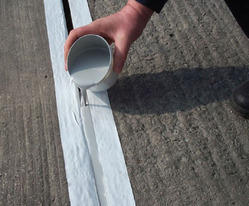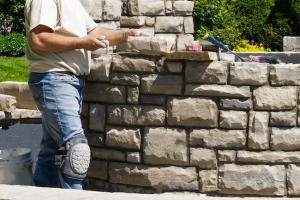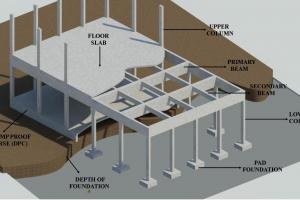Properties of a Good Sealant for Joints

Properties of a Good Joint Sealant
In construction and engineering, joints are commonly encountered in various structures, including buildings, bridges, and pavements. To ensure the longevity and integrity of these structures, it is crucial to use high-quality sealants for joint sealing. A good sealant not only provides a barrier against moisture, air, and contaminants but also accommodates movement and adheres well to different substrates. In this article, we will discuss the essential properties that a good sealant for joints should possess, enabling durable and reliable sealing.
Flexibility and Elasticity:
One of the most critical properties of a quality joint sealant is flexibility. Joints are subjected to different types of movements, such as thermal expansion and contraction, vibration, and structural settling. A good sealant should be able to accommodate these movements without losing its effectiveness. It should possess excellent elasticity, allowing it to stretch and compress as the joint expands and contracts. This property ensures that the sealant maintains its integrity over time, preventing cracks or gaps from forming.
Adhesion:
The ability of a sealant to adhere well to various substrates is essential for achieving a durable and long-lasting seal. A good sealant should adhere strongly to both similar and dissimilar materials, such as concrete, metal, wood, or masonry. It should form a secure bond with the surfaces, preventing water, air, or other contaminants from infiltrating the joint. Proper adhesion ensures that the sealant remains in place even under different environmental conditions and mechanical stresses.
Weather Resistance:
A high-quality joint sealant should exhibit excellent weather resistance to ensure its long-term effectiveness. It should be capable of withstanding exposure to UV radiation, extreme temperatures, moisture, and other environmental factors without deteriorating or losing its sealing properties. Weather-resistant sealants prevent the degradation of the sealant material, maintaining its integrity and performance over extended periods.
Chemical Resistance:
In some applications, joints may be exposed to chemicals, such as acids, solvents, or fuels. A good joint sealant should have adequate chemical resistance to withstand exposure to these substances without compromising its sealing capabilities. Chemical-resistant sealants prevent deterioration, swelling, or disintegration when in contact with aggressive chemicals, ensuring the integrity of the joint sealing.
Durability:
Durability is a crucial property of a good sealant. It should have a long service life, withstanding the effects of aging, weathering, and repeated movements. A durable sealant maintains its sealing properties over time, reducing the need for frequent maintenance or replacement. It should resist degradation, cracking, or hardening, thereby preserving the integrity of the joint and minimizing potential water or air leakage.
Ease of Application:
An effective joint sealant should be easy to apply, ensuring efficient installation and reducing labor costs. It should have a suitable consistency for smooth application, whether by gun or trowel and exhibit good workability. Sealants that are easy to handle and apply to facilitate proper sealing and help achieve consistent results across joints of different sizes and configurations.
Compatibility:
Compatibility with the joint substrate and adjacent materials is a crucial consideration for selecting a sealant. A good sealant should not cause any adverse reactions or damage to the surfaces it comes into contact with. It should be compatible with paints, coatings, and other construction materials, ensuring seamless integration within the overall system.
Conclusion:
When it comes to joint sealing, using a high-quality sealant is essential for maintaining the structural integrity and performance of various construction elements. A good sealant possesses properties such as flexibility, adhesion, weather resistance, chemical resistance, durability, ease of application, and compatibility. By carefully considering these properties, construction professionals can select sealants that provide reliable, long-lasting joint seals, protecting structures from moisture infiltration, air leakage, and other potential issues.












